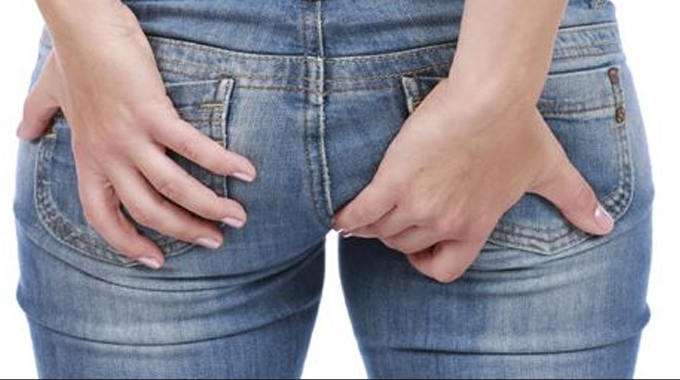![]()
There’s nothing pleasant about them, and unfortunately, female cyclists are more prone to urinary tract infections than most of the population. Being prone to them myself, I can honestly tell you, they suck. But, like my allergy to pollen in the hayfever months, there are some tricks and tips to help you avoid an unpleasant attack.
So, what are urinary tract infections exactly?
They’re commonly referred to as UTI’s. It’s when there is a build-up of bad bacteria in the areas involved with passing urine. The bladder, kidneys and the urethra are the common breeding grounds for infection.
There are both internal and external causes which can lead to an infection. Internal issues can be more complicated and can involve a variety of issues, namely within the digestive system. For cyclists, it’s quite often an external influence which leads to our attacks of discomfort. External causes often refer to bacteria entering the bladder through the urethra and multiplying from there.
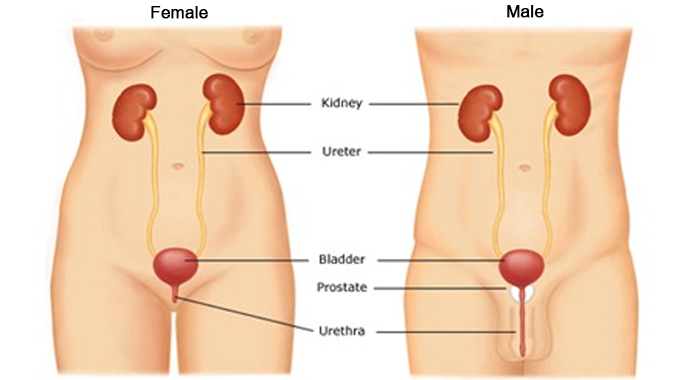
It may sound strange, or even quite impossible, but when you consider your urethra is an open passage and a very short one at that, it doesn’t take much for bacteria to enter through to your bladder. This is why UTI’s in men are a lot rarer because their urethra tract is much longer than ours. So when a man develops a UTI, it’s a lot more serious as the infection covers a wider area.
What are the symptoms of Urinary Tract Infections?
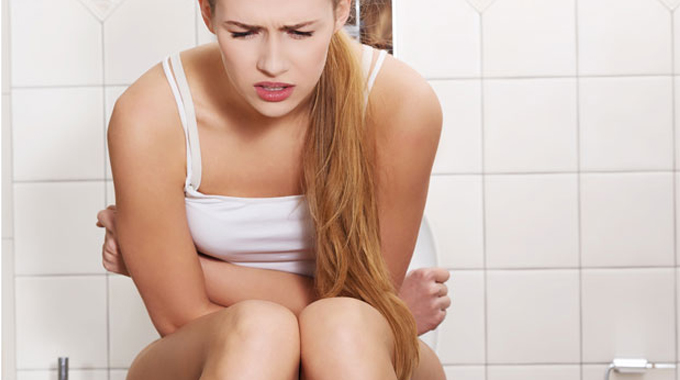
Symptoms can vary from person to person, and depend on the bacteria itself. Speaking from personal experience, I’ve had a UTI coming on all of a sudden where passing urine would bring tears to my eyes, and I’ve had them creep up on me slowly where it would just start with an ache in my bladder.
Like with most infections, you may notice a fever and general feeling of illness. Women are likely to suffer mild to moderate pain in their abdomen and the pelvic area too.
The most common symptom is finding that you have to go to the loo a lot more frequently. Despite the bursting feeling of needing to urinate, you’ll find that you may only be able to pass a few drops at a time. Further down the line of infection, passing urine may be quite painful. It may burn and sting, even the little drops can be agonising.
One of the most obvious signs that something isn’t quite right, is finding blood in your urine. Cloudy, pinky and pungent pee can all be signs that some bad bacteria is out of control down there.
Urinary Tract Infections and Cycling
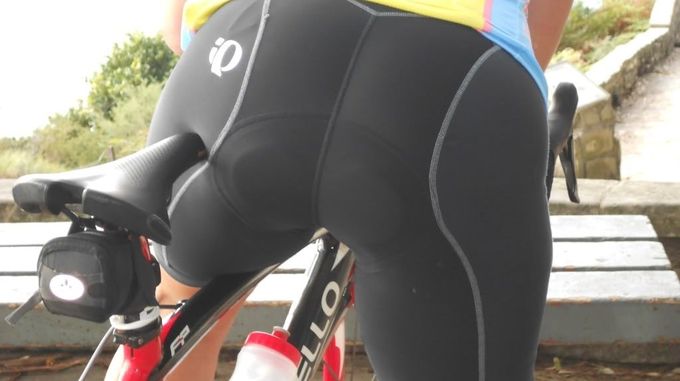
Urinary Tract Infections are quite common amongst female cyclists. One of your main contact points is your bum on the saddle. There’s a lot of pressure, heat and friction that can build up and cause irritation.
Many of us use chamois creams to help with saddle sores and chaffing, which is fine. But when you couple that with bacteria and the forward/backward pressure on the saddle, bacteria can get pushed up into the urethra, and even further.
Prevention and Treatment of Urinary Tract Infections
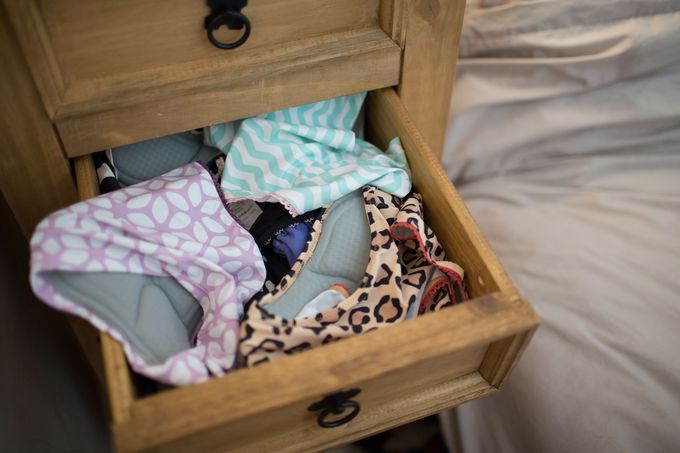
I gather that reading this may have put some fear into your cycling, but don’t let it. Despite urinary tract infections being a total suck fest, there are a number of prevention techniques you can adapt to help keep them at bay. These techniques are for both cyclists and all women in general. They are rules that even I live by, and I’ve not had a UTI in 2 years now – *touches all the wood*
- HYDRATION: It goes without saying that drinking plenty of water helps keep your internals happy, and your body temperature regulated. Frequently flushing out the water-works helps reduce the opportunity of having bacteria build up.
- CHAMOIS CHANGE: Try and get out of your chamois shorts straight after a ride, and clean off any chamois cream. Ideally, a quick shower is best and it allows any dirt and bacteria to run off.
- CLEAN CHAMOIS: It’s best to wear clean chamois shorts for each ride. This means you won’t be applying fresh chamois cream to old cream that’s been drying out in there.
- NO KNICKERS: Many cyclists will go commando in their chamois when they ride, and others prefer to have that first base-layer. However, wearing knickers under your pad can increase the heat and friction of your undercarriage which attributes to UTI’s.
- CLEAN KNICKERS: As a general rule, if you ever take them off, put new ones on. Fresh panties when you wake up, clean ones after a shower and whenever you’ve finished a training session. You may be creating more laundry for yourself, but keep your knickers clean and fresh really does help.
- COTTON KNICKERS: Breathable knickers are essential. Fabrics like silk can suffocate the undercarriage and create heat and moisture, the perfect storm for bacteria.
- NO FRAGRANCES: Be careful of using fragranced soaps, body lotions and chamois creams. These can cause dryness and irritation around the urethra opening, and lead to attracting dirt and bacteria.
- CRANBERRY JUICE: In the same way that cranberry juice gently coats the inside of your mouth with a film, it does the same in your bladder. This slippery film makes it more difficult for bacteria to stick to the walls of your bladder. Cranberry juice also contains a lot of anti-oxidants and Vitamin C to help with inflammation.
- POST-COITAL PEE: Intercourse is great, but disgusting when you think of the bacteria and germs that transfer between two people. So try and empty the bladder straight after sex so you can flush out any unwanted germs.
Treatment can vary, but if you think you may have a UTI or if anything seems untoward, then consult a healthcare professional. Usual treatment will be a few days of antibiotics, lots of fluids and rest.
It really isn’t all doom and gloom though. Sadly, these things to happen and they can be really unpleasant, so it’s best to be prepared.
You may be one of the rare unicorns of the female community who will never suffer from a UTI, or you may be a magnet to them like I am. Fortunately, they occur a lot through your teen years and pregnancy, but our passion for cycling makes us prone too.
You may also enjoy:
16 Tips for avoiding saddle sores
Understand your cycle so you can ride every day of the month

